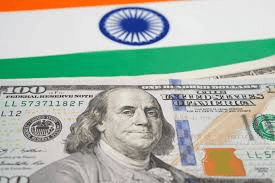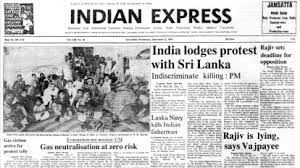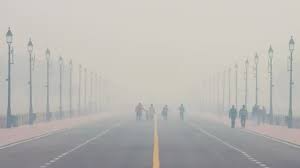
India Murder Suspect Caught After Manhunt
India Murder Suspect Caught After Nationwide Manhunt: Relief, Justice, and Ongoing Questions
The dramatic arrest of a murder suspect in India after days of evasion has gripped national headlines, raising both relief and new questions about law enforcement efficiency, public safety, and the justice system. According to officials, the accused—wanted in connection with a high-profile killing—was captured in an intensive operation involving surveillance teams, informants, and inter-state coordination.

This development not only closes one chapter in a chilling criminal case but also sets the stage for a judicial process that will be closely watched by citizens, activists, and the media.
Murder Suspect Background: The Crime That Sparked Outrage
The case began when [victim’s details—placeholder] was found murdered in [location]. The brutality of the crime shocked the local community and drew national attention. Early investigations identified the suspect as the prime accused, believed to have fled immediately after the killing.
As media coverage intensified, pressure mounted on police and political leaders to deliver swift justice. Citizens demanded action, fearing the suspect might commit further crimes while on the run.
The Manhunt: How Police Closed Murder Suspect In
The operation to capture the suspect turned into a nationwide manhunt. Police teams deployed across multiple states, relying on both traditional investigative methods and advanced digital tools.
- Surveillance: CCTV footage from bus terminals, railway stations, and highways tracked the suspect’s movements.
- Technology: Mobile tower tracking and digital footprints narrowed search zones.
- Public Tips: A helpline was established, encouraging citizens to report sightings.
- Coordination: State police units and central agencies shared intelligence in real time.
After days of pursuit, the suspect was arrested in [specific location], ending an intense manhunt that had dominated national headlines.
Police Statement About Murder Suspect and Evidence Collected
At a press briefing, police confirmed that:
- The suspect is now in custody and under interrogation.
- Key forensic evidence, including [weapons/clothing/other evidence], has been recovered.
- Authorities will seek maximum legal charges in court.
Officials emphasized that while the arrest is a breakthrough, the case is far from over, with investigations continuing to establish motive, accomplices, and links to other crimes.
Public Reaction About Murder Suspect: Relief and Demands for Justice
The suspect’s arrest sparked widespread relief. Residents of the victim’s neighborhood expressed gratitude to police but demanded a swift and transparent trial.
On social media, hashtags like #JusticeForVictim and #MurderSuspectCaught trended nationwide. Public figures and activists applauded law enforcement while warning against premature celebrations until justice is served.
Legal Path Ahead
The suspect will be presented before a magistrate, and the case will move toward formal trial. Legal experts note:
- The prosecution must ensure airtight evidence to secure conviction.
- Defense lawyers may argue procedural lapses during arrest or interrogation.
- The case could set a precedent for handling high-profile manhunts.
Observers stress that a fair and speedy trial will be crucial to maintaining public trust.
Impact on Law and Order Debate
The incident reignited conversations on public safety in India:
- Preventive Policing: Could stronger surveillance and response systems have prevented the crime?
- Community Safety: Citizens demand better street lighting, patrolling, and neighborhood policing.
- Judicial Delays: Many fear that long trials could erode confidence in the justice system.
This case highlights systemic weaknesses while also showcasing law enforcement’s ability to deliver under pressure.
Comparisons with Other Cases
The arrest echoes other landmark manhunts in India and abroad:
- Nirbhaya Case (2012): Rapid arrests after public outrage demonstrated the power of public pressure.
- Arushi Talwar Case (2008): Slow, controversial investigation damaged trust in law enforcement.
- Boston Marathon Bomber (2013, USA): Intensive manhunt with strong public-police cooperation.
Such examples show how murder cases can become defining moments for justice systems.
Expert Commentary
Criminal Lawyer Ananya Mehta:
“The arrest is welcome, but the prosecution must rely on robust evidence. Justice is not about speed alone—it is about fairness and accuracy.”
Criminologist Dr. Rajiv Bhatia:
“This case reflects both the strengths and weaknesses of India’s law enforcement. Technology made the arrest possible, but broader reforms in community policing are overdue.”
Conclusion
The capture of the murder suspect marks a crucial turning point in a case that has stirred fear, anger, and demand for accountability. While citizens celebrate the end of a tense manhunt, attention now shifts to the courtroom, where justice must be delivered without delay or compromise.
The case underlines a fundamental truth: public safety depends not only on catching criminals but also on building systems of prevention, transparency, and trust.
As India follows this trial, the hope remains that it becomes not just another headline but a meaningful step toward stronger justice and safer communities.




